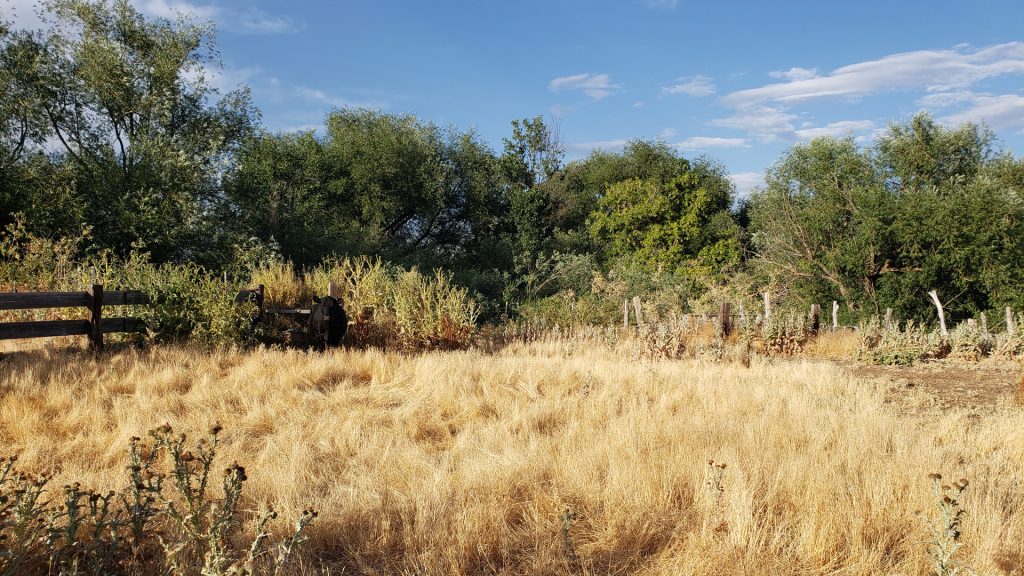Dry pasture in Young Ward.
SALT LAKE CITY – In the last month, the state has received nearly 2 inches of rain, when we typically receive 1.5 inches, according to the Utah Division of Water Resources. This helps reduce demand and keeps more water in lakes and reservoirs. Some areas in the eastern portion of the state missed out on monsoon activity. Others like Logan and Tooele received above average rainfall.
Joel Ferry, acting executive director of the Department of Natural Resources said as a state, many areas have been fortunate to receive significant rainfall. However, we need to stay vigilant and look for ways to stretch the water supply.”
A press release from the UDWR explained that soil moisture is generally high around the state. The improved soil moisture will help more water get to reservoirs during spring runoff next year. According to the U.S. Drought Monitor, 79.12% of the state is in extreme drought or worse, which is an improvement over last week when 82.45% was in extreme drought or worse.
High temperatures and drought conditions have caused an increase in the number of harmful algal blooms (HABs) throughout the state over the past week. Visitors are advised to check for current conditions and report suspicious algae.
Recreators should check reservoir levels before they head out. Conditions vary, and some boat ramp closures are in place due to low water levels.
So far this year there has been a 20% reduction in wildfires with a total of 699 starts.
Officials note that 28 of the 47 reservoirs the division monitors are below 55%, which is better than last year, but still about 15% lower than normal for this time of year.
Great Salt Lake continues to decline. Currently, the average daily surface elevation is 4,189.6. It dropped past the previous record low (4,190.2) on July 3 and will likely continue to decline until mid-October.
Residents looking for tips on how to help reduce water consumption can be found at SlowtheFlow.Org.
will@cvradio.com

